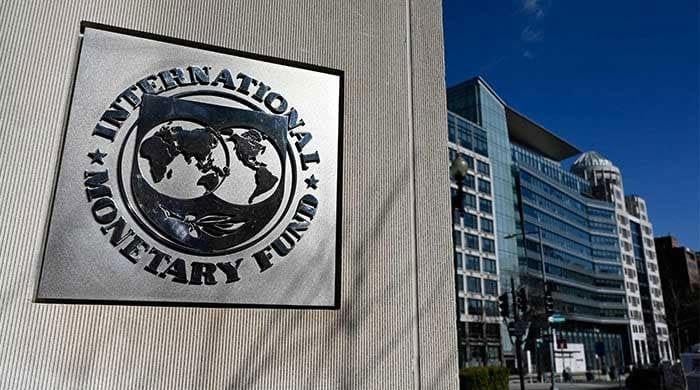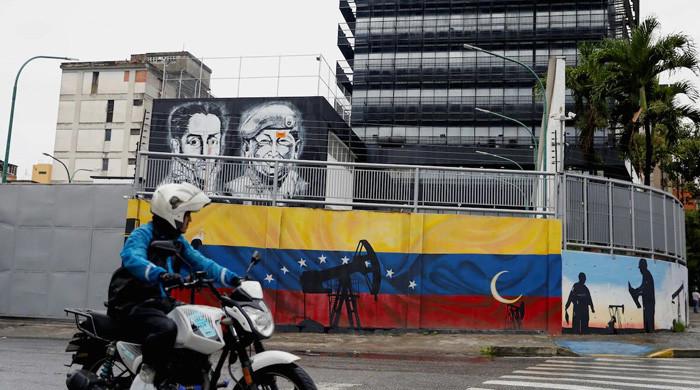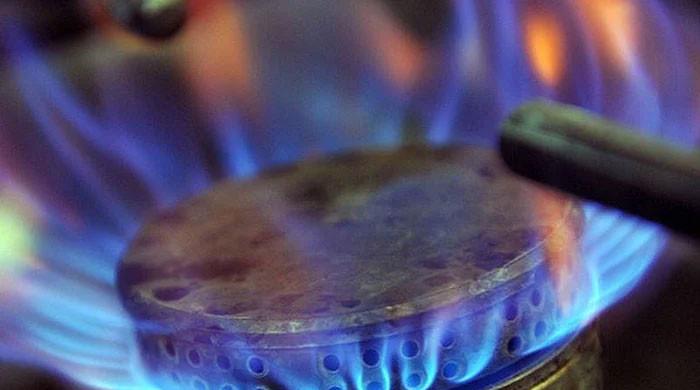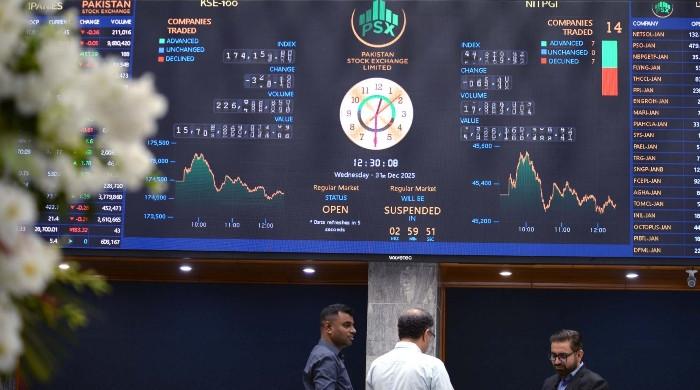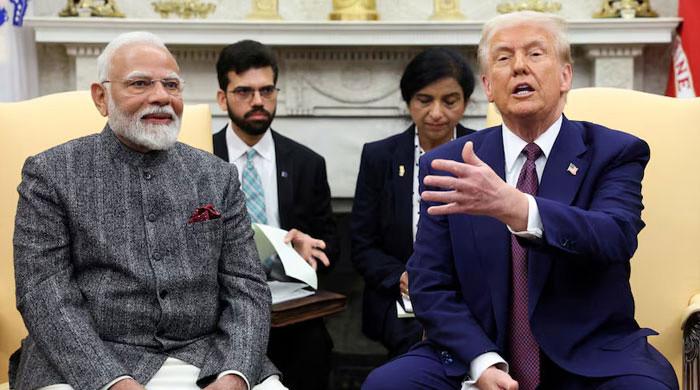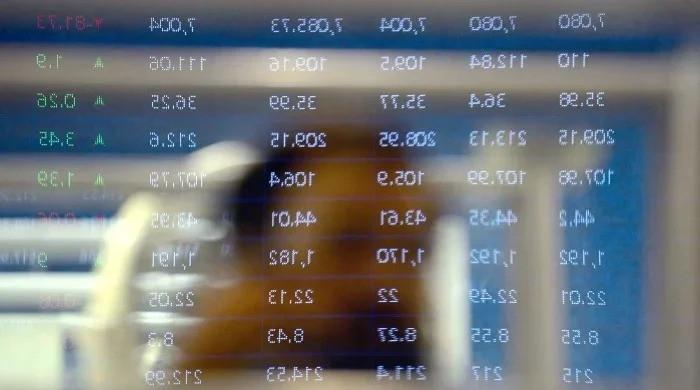Rupee makes rich recovery against dollar in open market
Local currency appreciates by Rs5 after deal with IMF, closes at Rs285 against greenback in open market
July 03, 2023
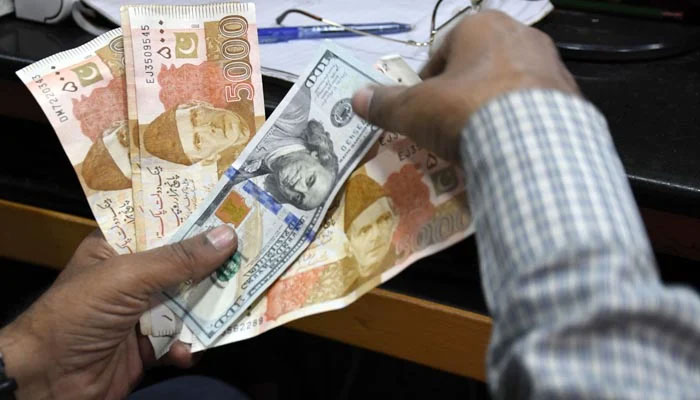
- Interbank rate not available due to bank holiday.
- Stocks rally, recording their highest gains in nearly three years.
- Rupee expected to gain in short run, both in interbank and open market.
KARACHI: The Pakistani rupee appreciated against the US dollar Monday after the government signed a staff-level agreement (SLA) with the International Monetary Fund (IMF) for a $3 billion financing facility.
In the open market, the rupee appreciated Rs5 to close at Rs285. The interbank rate was not available today due to a bank holiday.
Analysts had already predicted that when the market — which was closed since Friday due to the Eid holidays — would open, the rupee would appreciate, but the rise would be short-lived.
The rupee is expected to gain in the short run — both in the interbank and open market — but will not make a major or sustainable recovery as the removal of import restrictions would put pressure on the local currency.
Islamabad and the Washington-based lender Friday finally struck a SLA on a $3 billion stand-by arrangement, which will allow the near-default country to get its economy back on track.
IMF's executive board will meet in mid-July to approve the disbursement of funds to Pakistan, which faces an acute balance of payment crisis and depleting foreign exchange reserves — enough for less than a month's imports.
Not only did the rupee recover, but the stocks also rallied, recording their highest gains in nearly three years, and Pakistan's dollar bonds also extended their rally.
Federal Ministry of Finance's former adviser Dr Khaqan Hassan Najeeb said Pakistan had seen a dollar liquidity crunch for the past many months as the country stayed outside the purview of being in an IMF programme.
As a result, he mentioned, commercial, multilateral, bilateral, and friendly countries' inflows slowed down — leading to the country facing a dollar liquidity crunch.
With Pakistan eyeing the IMF programme, the lender had also placed a condition that the rupee's value should be determined by market forces and the government shouldn't intervene.
This also played a part in the fall of the rupee's value.
"Shortfall on the supply side coupled with uncertainties about Pakistan's economic future have pushed the rupee only in one direction," Najeeb noted.
"...the idea of a market-based exchange rate is that once the condition improves, the currency should move in both ways," he added and said that now that the IMF deal has been secured, the rupee will appreciate.
"Pakistan's dollar liquidity crunch should ease, which means that the currency is likely to strengthen with supply improving, sentiment improving, and people, including those who use it as a store of value, and the exporters also liquidating their receipts."




